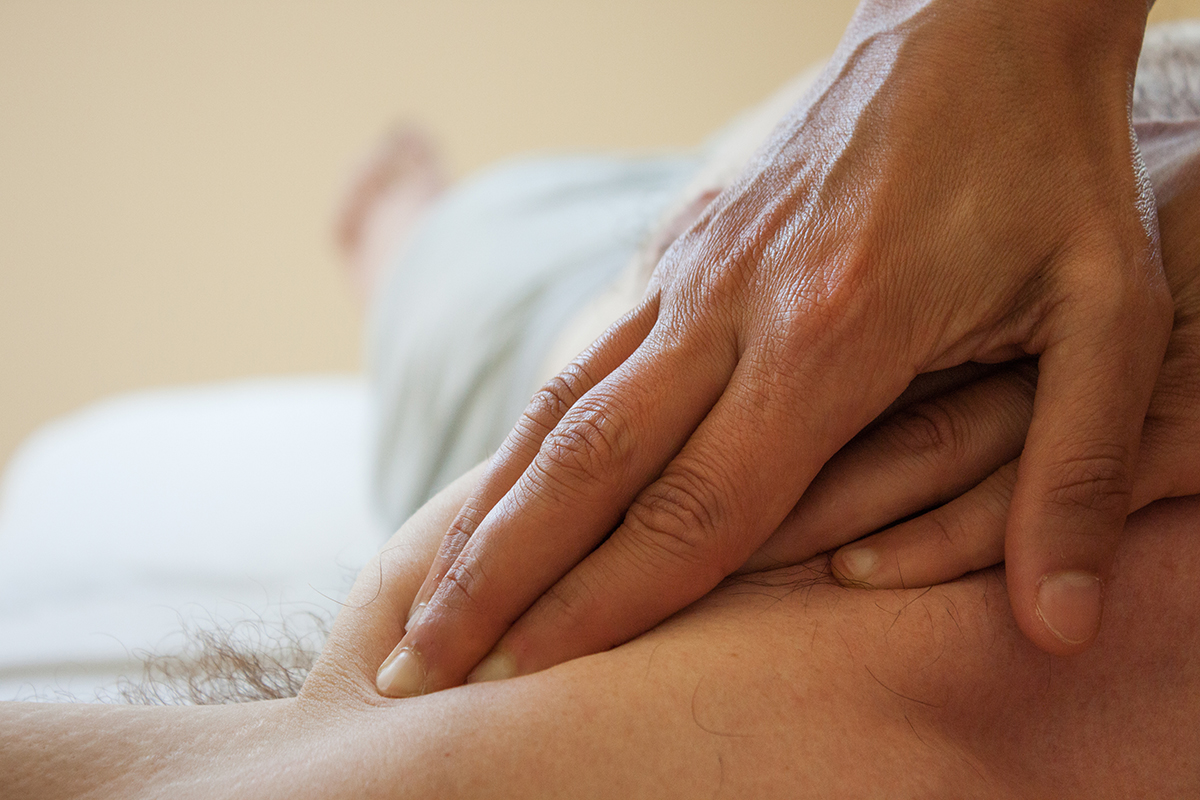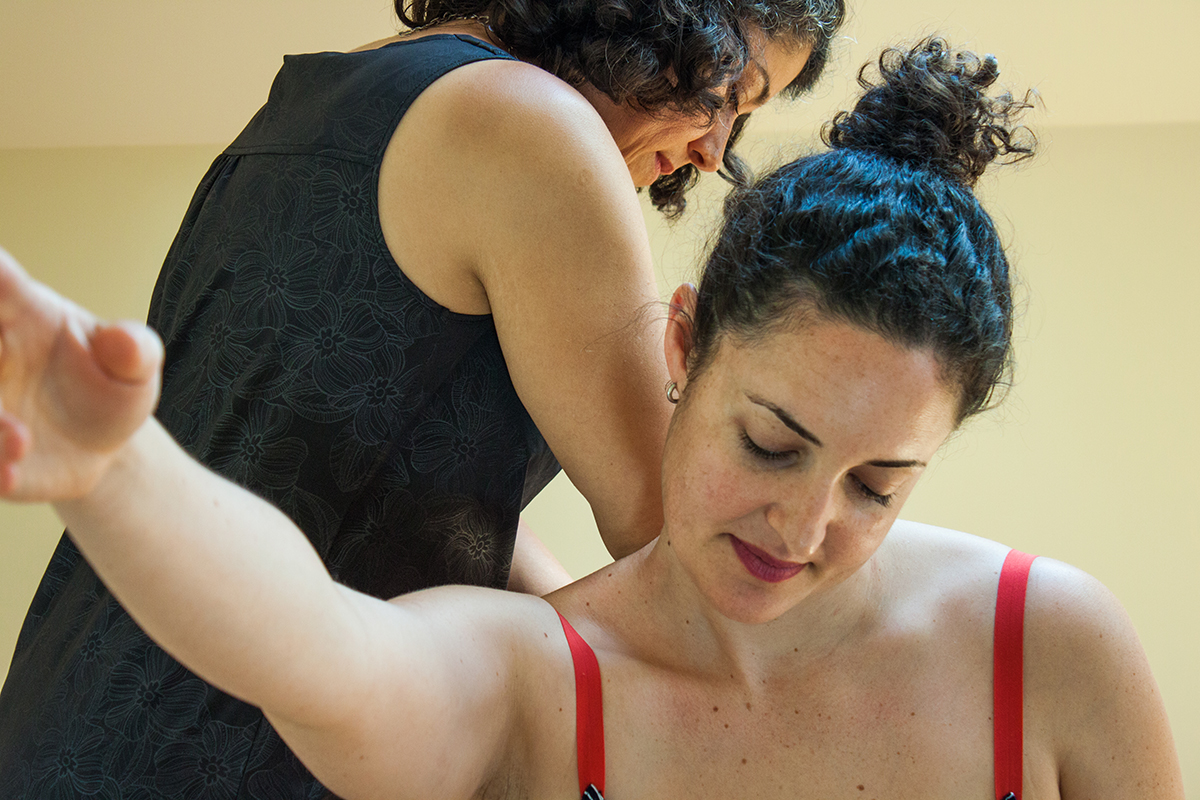Benefits of Structural Integration
- Less effort “being”. I.e. better posture, enhanced freedom and ease in both movement and stillness.
- Greater resilience in the whole system often leading to more available energy, physically and emotionally.
- The sense of being “at home” in one’s body.
- Often long term or chronic pain patterns will resolve completely or greatly ease.
The fundamental idea behind SI is to work toward balancing the main structural segments of the body (feet/ankles, knees, pelvis, torso/ribcage and head) in gravity and in relation to each other. By addressing system-wide postural dilemmas and patterns we can facilitate a system that has more overall ease and moves more fluidly and with more efficiency.
Structural Integration (SI) is unique. Unlike the duct tape and baling-wire approach to symptom alleviation that is by in large the modus-operandi regarding pain management in our culture, SI recognizes that everything truly is connected. Not just our physical, emotional and spiritual associations to one another but we to our communities and our environment. Just as traditional talk therapy can offer us clarity, options and a different way of “seeing” at an intellectual and emotional level, SI offers an opportunity for exploration of the patterns not of our thoughts but of our tissues and our way of “being” in the world.
Participating in a full SI series (10 to 12 sessions depending on the school of thought and the individual’s needs) is not a guarantee of freedom from pain, but rather an exploration of an individual’s unique pattern. Within this exploration lies the opportunity to shift lifelong physical patterns and it can and often does help with the following:
- Chronic pain – including foot, knee, hip, back, shoulder and neck pain.
- Improved overall bio-mechanic function including increased range of motion, increased connection and access to a particular movement practice (yoga, running, weightlifting, swimming and daily life activities)
- Decreased symptoms due to Scoliosis, TMJ, Frozen Shoulder, Peripheral Neuropathies, Fibromyalgia, Carpal Tunnel Syndrome and other common musculoskeletal conditions
- Improved self-awareness, self-esteem, and enhanced physical and emotional resilience and adaptability.
There are several ways that Structural Integration differs from massage. One primary difference is that you are an active participant in your process. Massage is often thought of as being received by the client. Whether it is issue-specific or general wellness, relaxing or vigorous sports massage, often the client simply states their desires and or needs and the therapist then attempts to meet those needs within the framework of a session or two. Within the context of SI, you are committing to a longer series of sessions and you are called upon to be fully present and actively engaged in the process of creating change within your system. In this paradigm, you work together with your practitioner to evoke change in your system.
Structural Integration is appropriate for people of all ages and anyone seeking to enhance the quality of their life.



